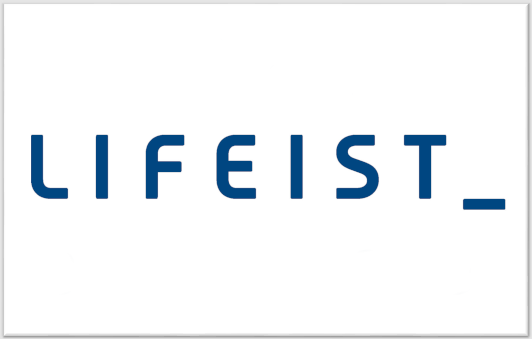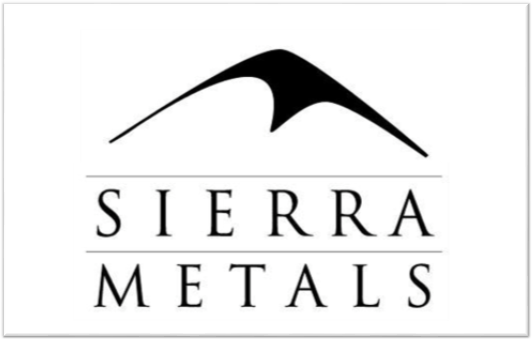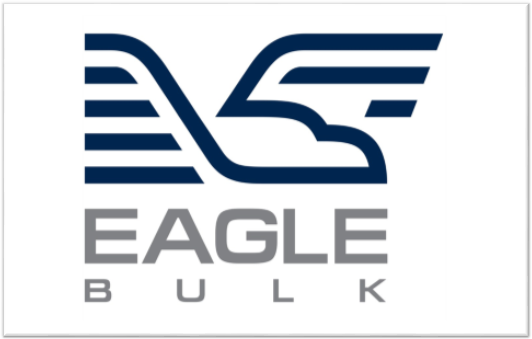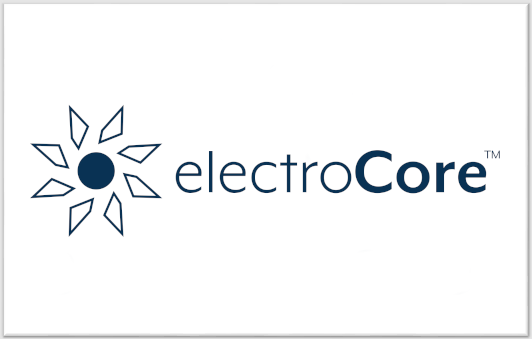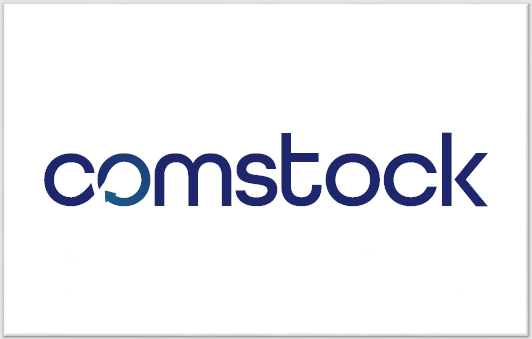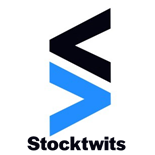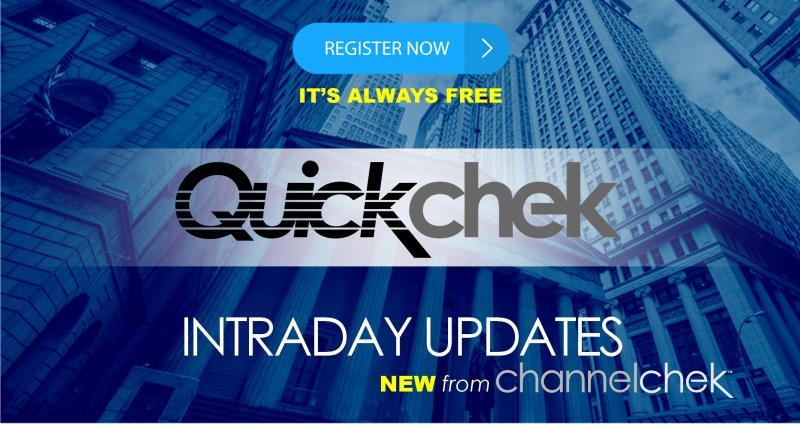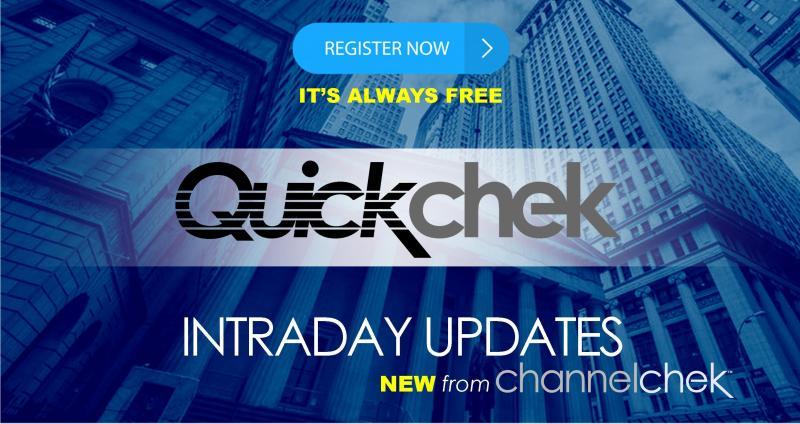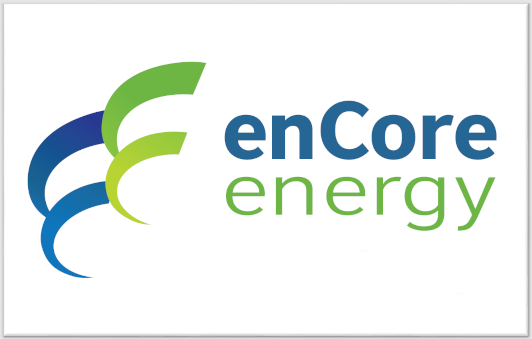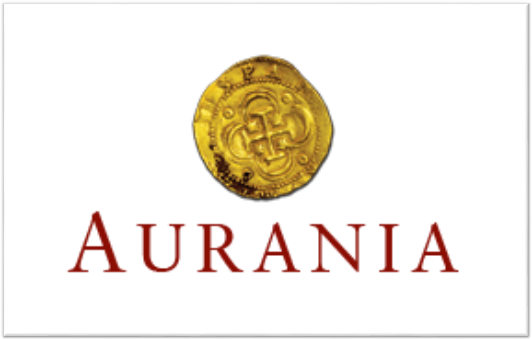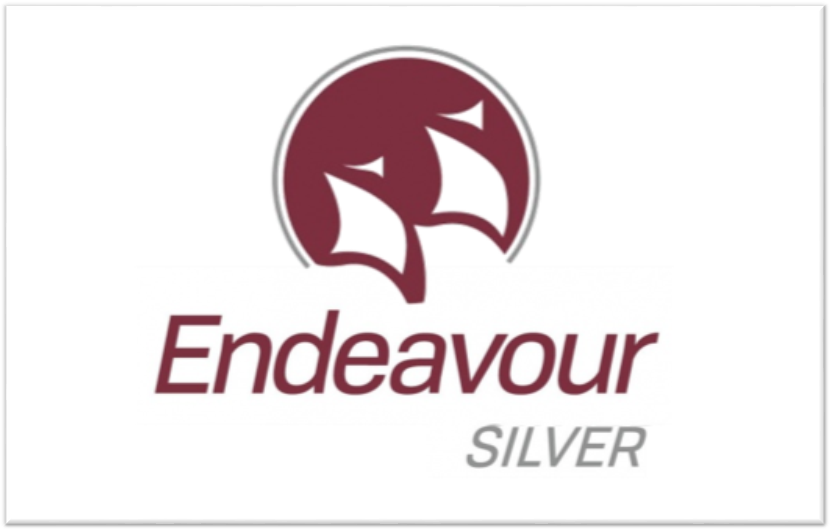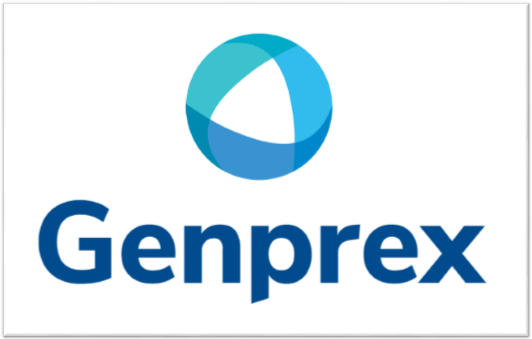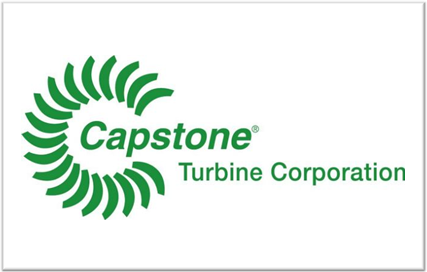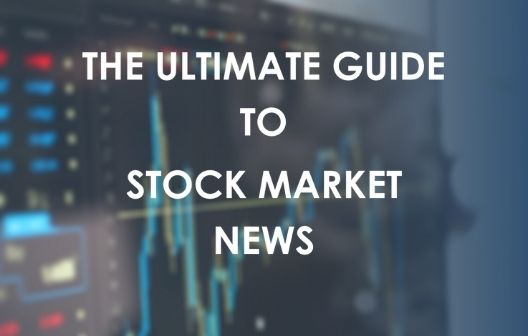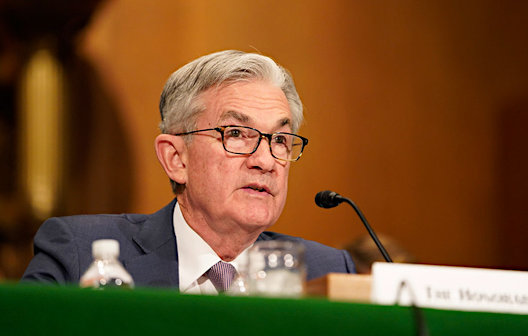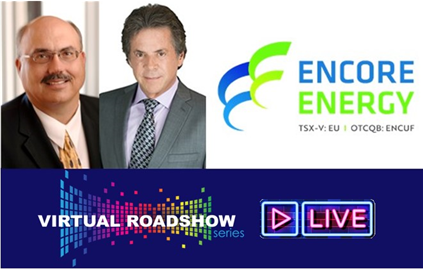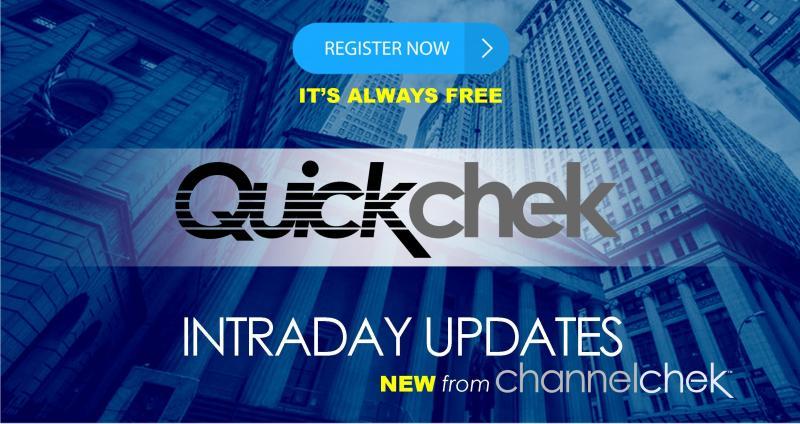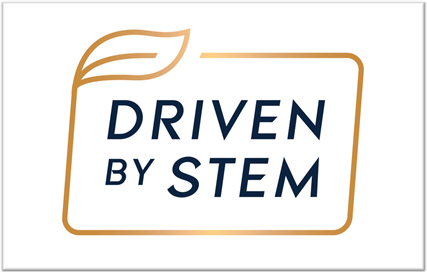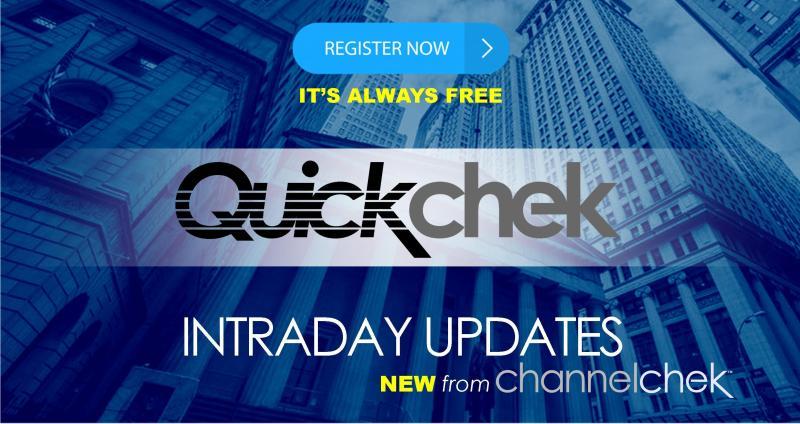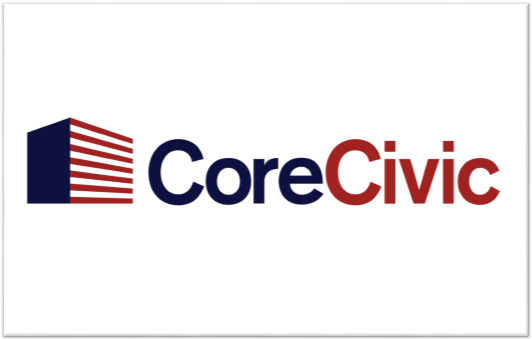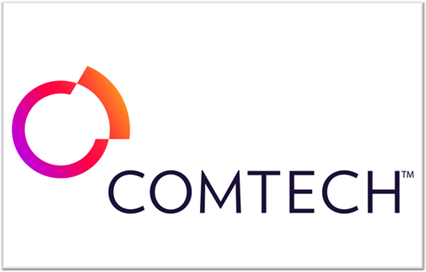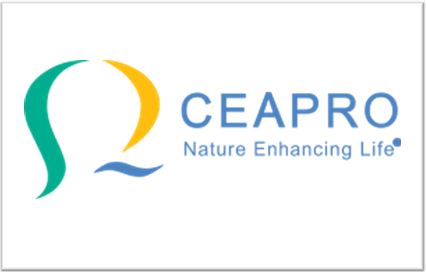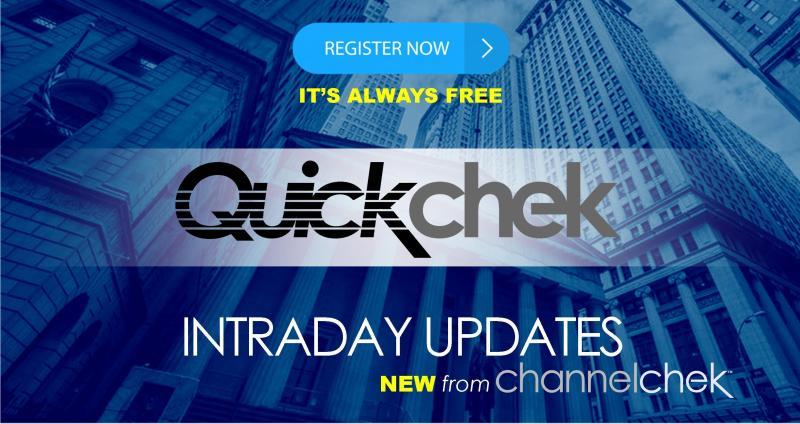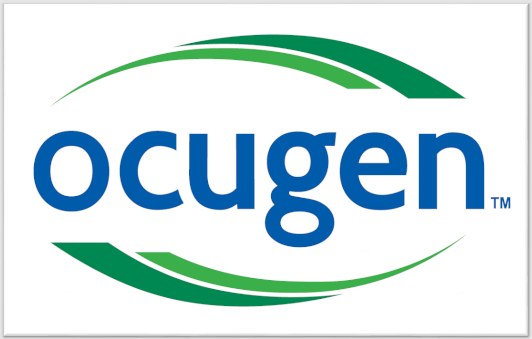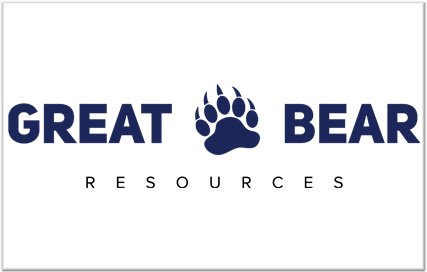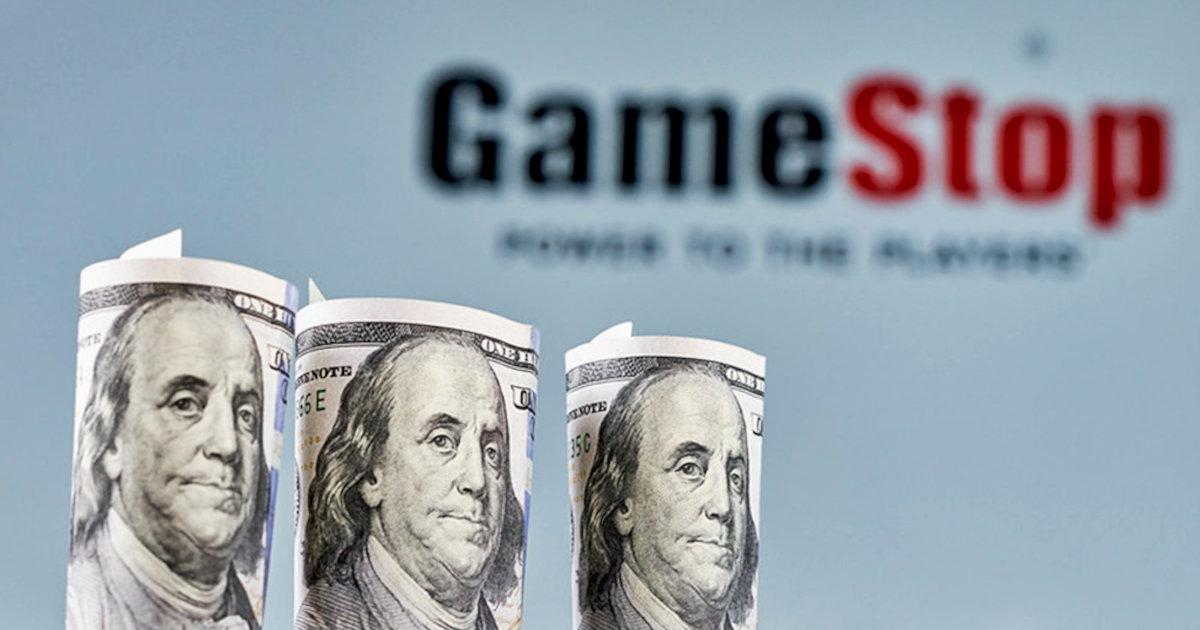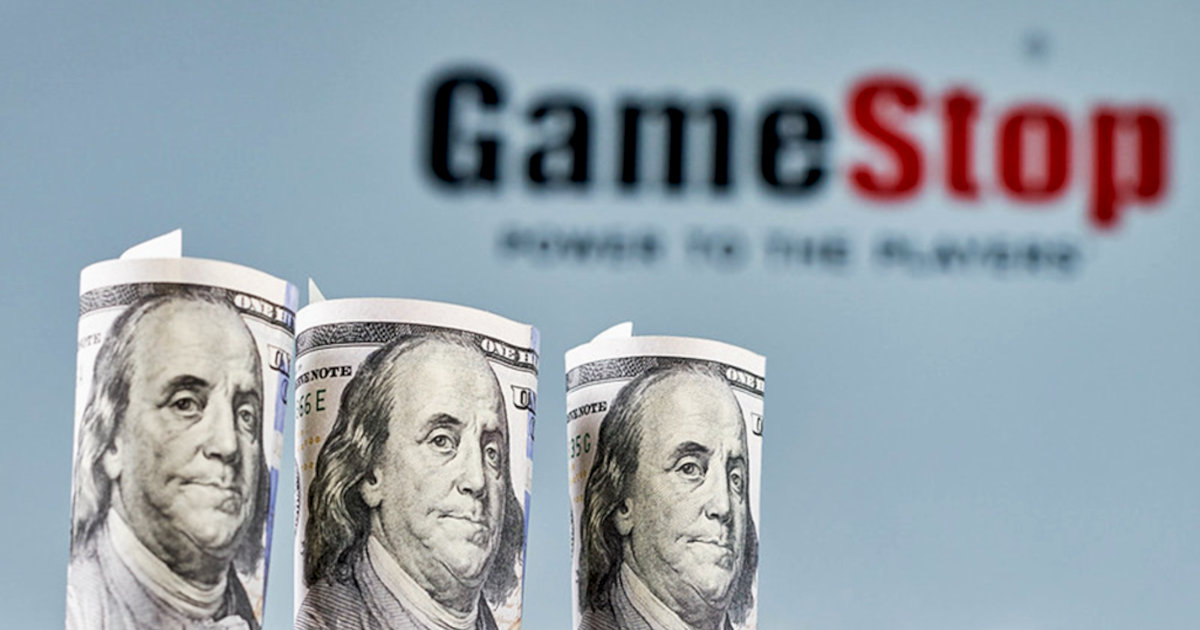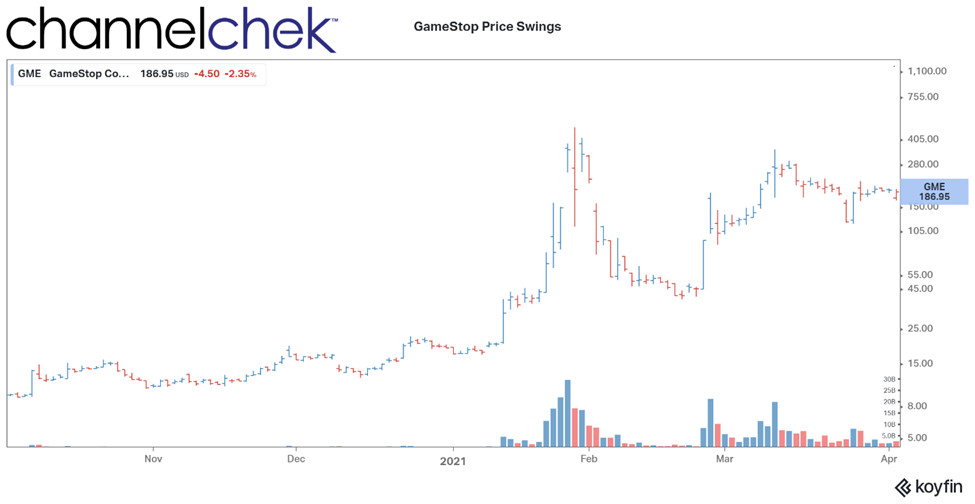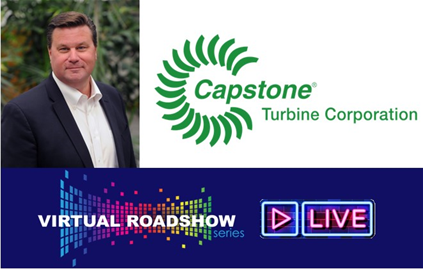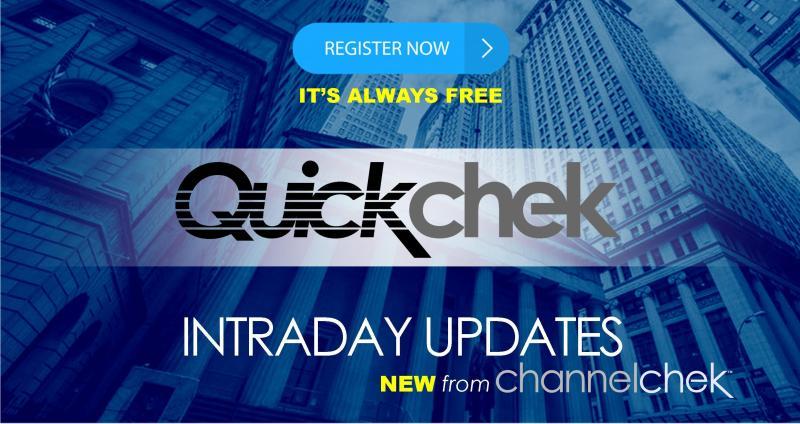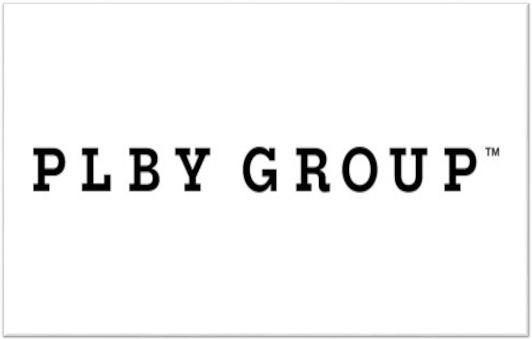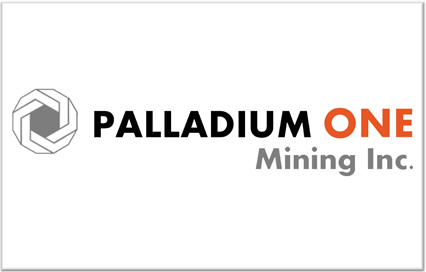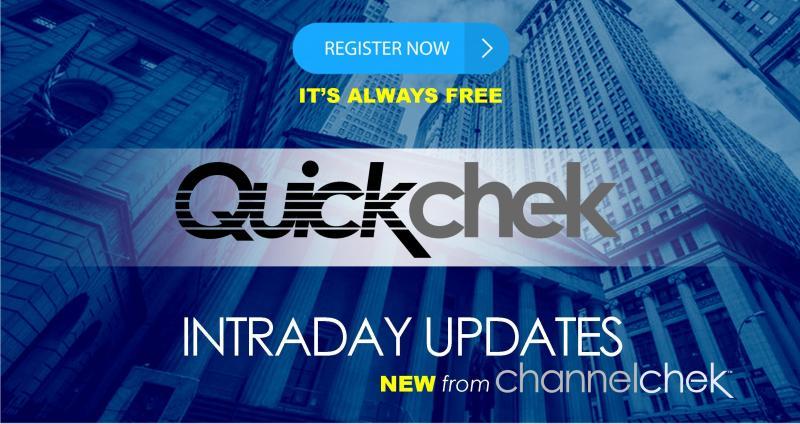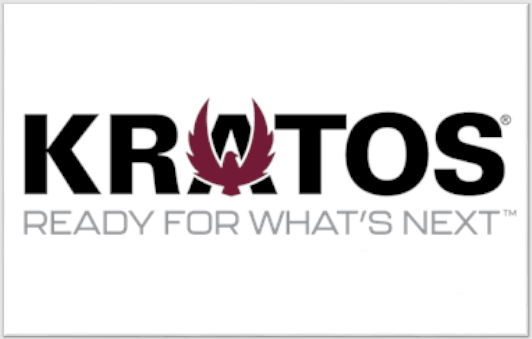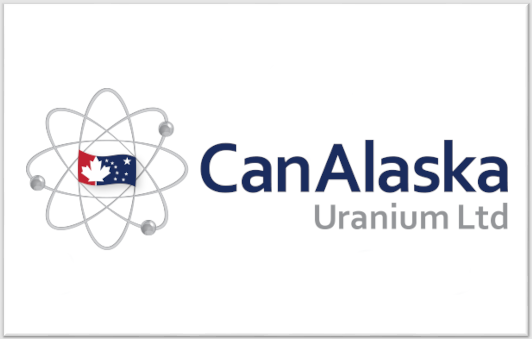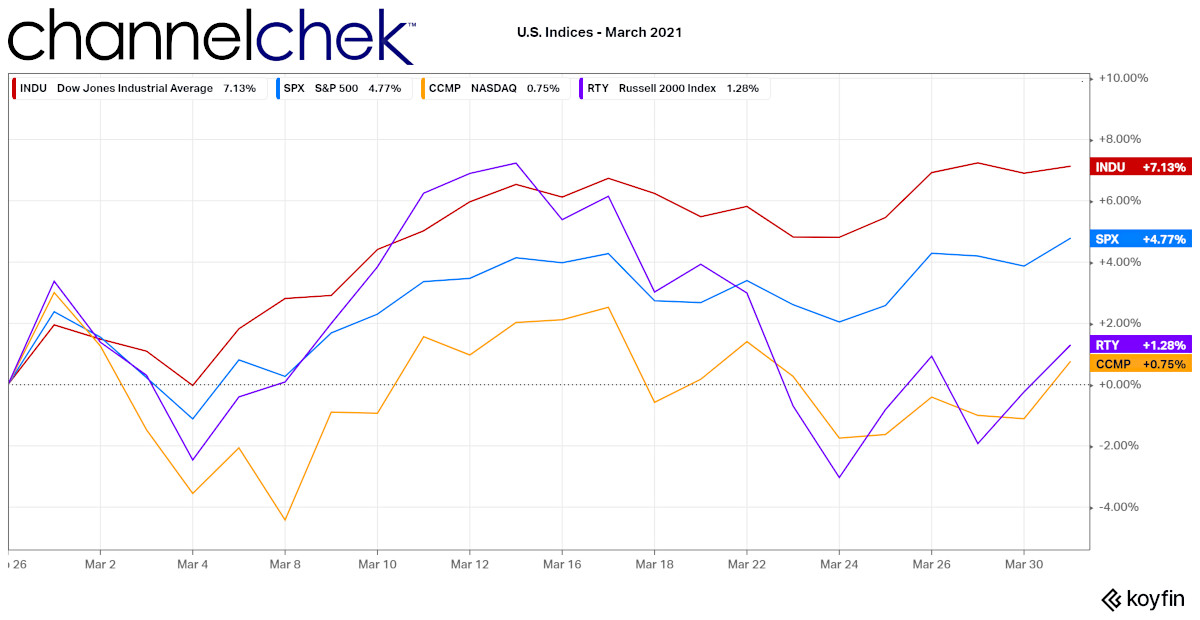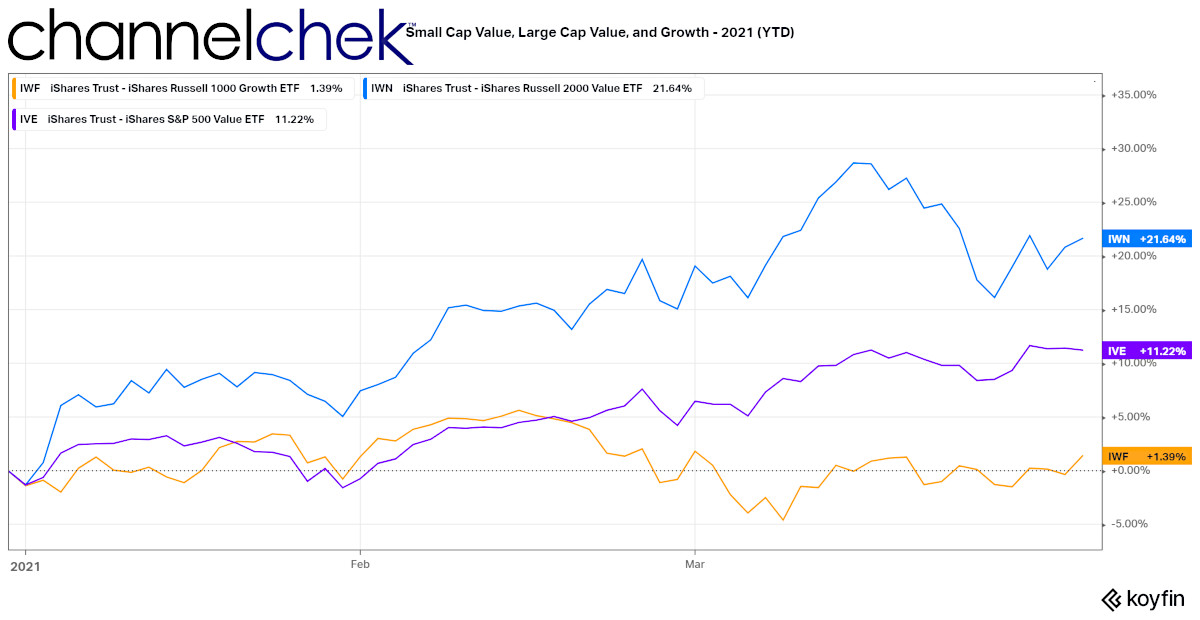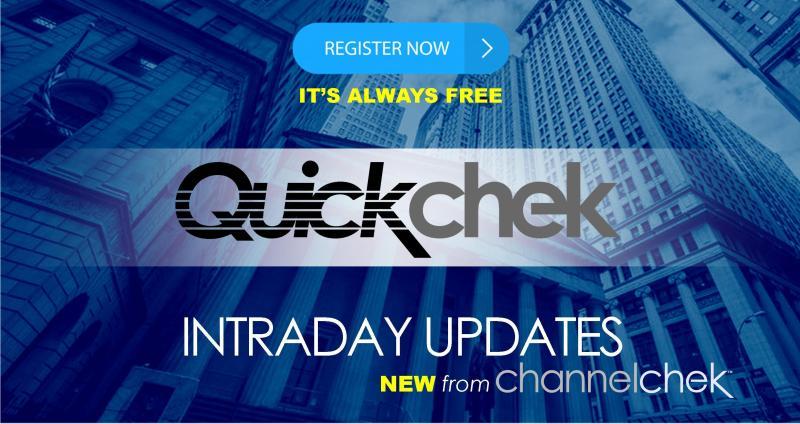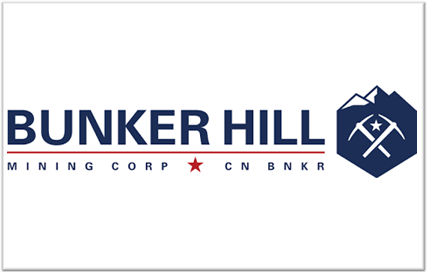
Understanding More About Family Offices
The impact of institutional investors and other large money managers should be understood by all that are involved in the market. The reason, as with everything else, power and impact rotate among those involved. Investors need to understand their surroundings. We’ve recently seen this as a few hedge funds that were thought of as powerful may have been outplayed by the influence that social media has brought to self-directed investors. Every investor, it doesn’t matter their size, should be aware, in a broad sense, who the other players are, their goals, and the tools they are most inclined to use to reach those investment objectives.
Among investors, there are large semi-institutions that don’t often get much attention from the news as they manage private and unregulated assets for individuals who are often themselves quite private. Since there is an absence of dollars spent on advertising, mainstream magazines find no reason to write about them, and financial TV derives no benefit either. I’m referring to family offices that, although all different, fit this description. However, they could potentially be impactful on price movement as money managed by family offices is often quite a bit larger than the average Etrade or AllofUs account size. For instance, a $20 million family office may consist of just a couple of people, while the family office for the Rockefellers has a team of at least 17 full-time employees. Assets managed by FOs are typically more than just tradeable equities; they could include fine art, collectibles, real estate, trusts, and a portfolio of private businesses. The investment style can be anything from rolling U.S. Treasury maturities to complex hedge funds.
Recently the term “family office” made headlines as the firm Archegos Capital Management suffered losses large enough to impact markets and earnings of some of their large banking relationships. Archegos is a family office that manages the wealth of investor Bill Hwang. Their problems and market impact are an uncommon set of circumstances but obviously within the realm of possibilities. After all, there are some very large pools of assets, even among the comparatively more modest-sized family offices. As the influence of the big FOs, 121 of the largest single-family offices represent an estimated net worth of $142.4bn, according to a report last year by UBS Securities.
Both the well-off, the not-so-well-off, and everyone in between can and do have money issues. When the bigger players do, it can impact more than just themselves. Although occurrences like Archegos have rarely happened, it’s important for those unfamiliar with the various forms of family office money management to understand their existence and purpose just as much as they should have a grasp on hedge funds, meme traders, overseas buyers, and even retirement planners.
Roles and Types of Family Offices
With the need to recognize the roles of family offices in the investment “sandbox” with everyone else, I asked an experienced recruiter for family offices who knows all the roles and different levels and positions in greater depth than most, to explain the types of family offices. Amy Laiker, Tiger Recruitment took time out of her busy day to provide us with a very comprehensive answer.
According to Ms. Laiker: “The role of a family office is to manage
the lifestyle, private wealth and assets of a high-net-worth family or
individual, providing expert, bespoke management of their personal lives and
financial affairs. This will include the family or individual’s private
investments, management of their personal acquisitions/ assets (property,
yachts, planes, cars, jewelry, art), and in some cases, it may also incorporate
some form of philanthropy – such as the management of a charitable trust.”
Amy further explained two distinctly different types of FOs:
“A single-family office looks after the life and
wealth of a single family, sometimes a multi-generational family. It is
typically run by a small team consisting of a chief of staff, a chief financial
officer, and a private PA. A larger family office may also employ several
accountants and specialists, such as in tax or charitable trusts, depending on
the family’s specific requirements.”
“A multi-family office manages the private wealth of a
number of families who pay to use the services of a team of professionals. This
allows them to tap into the expertise they need while benefiting from economies
of scale.”

Take-Away
For self-directed individual investors, the existence of family offices usually has little direct impact on your account or even market movements. Some of the offices have the where-with-all to enter large riskier-type positions. Not unlike the rest of us, these don’t always work out. A few weeks back, we heard there was an investor unloading positions. At the time, we didn’t know if it was a hedge fund, large corporation, small country, or family office. Most small investors didn’t think “family office.” We can all now make sure FO’s are on our list of possibilities. They are not regulated and very private, so when something doesn’t go as planned, no one usually knows about it, and when things go spectacularly well, family offices control the least braggadocio dollars in the market.
Paul Hoffman
Managing Editor, Channelchek
Suggested Reading:
Special Thanks to Amy Laiker, Tiger
Recruitment, for taking time to share her expertise
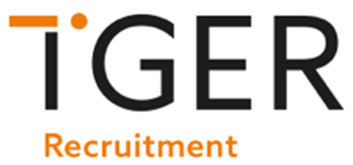
Sources:
https://www.wsj.com/articles/credit-suisse-ignored-warnings-before-archegos-and-greensill-imploded-11617875627?mod=hp_lead_pos1
https://www.fnlondon.com/articles/archegos-is-not-the-only-family-office-to-take-big-risks-like-hedge-funds-20210401
Stay up to date. Follow us:
Stay up to date. Follow us:


